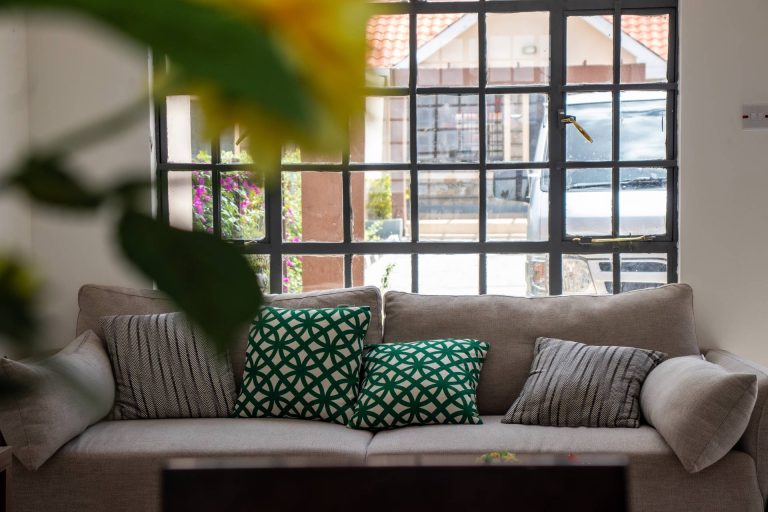Improving your home doesn’t have to be difficult. Relatively simple adjustments can lead to significant savings as well, both for the environment and for yourself. But which measures are the most efficient? Here are some steps you can take to improve your home.
Remove grout
There are several compelling reasons why you may find it necessary or desirable to eliminate outdated tile grout. One possible motive is if the existing grout has become infested with mold and is beyond salvageable through cleaning efforts. In such cases, it can be more efficient and convenient to remove the grout altogether.
Another factor could be that the current color of the grout no longer satisfies your preferences, and you wish to alter it. But how to clean grout? To effectively eliminate old grout between your tiles, employing a drill proves to be an excellent tool for the job. Alternatively, a small multi-tool with a rotating blade attachment can also be utilized.
Insulate cavity walls
Retaining energy in your home eliminates the need to generate or purchase more. Cavity wall insulation is a cost-effective and simple modification that prevents heat loss through walls, without causing any mess inside. Insulating pitched roofs is also recommended, although it can be labor-intensive and more costly if the attic is already finished.
When choosing insulation materials, consider their insulation value, sustainability of production, and natural alternatives like wool or wood fibers, which provide better ventilation and moisture regulation. Making these sustainable choices helps decrease energy consumption and make your home more environmentally friendly.
Solar panels
The key question when installing solar panels is: how much electricity do you need? Start by considering where you can still save, such as with energy-efficient appliances and LED lights. That alone can make a significant difference in energy consumption. Once you know how much electricity your household uses, it’s easy to calculate how many panels you’ll need. Whether you can install them depends on the roof surface area and orientation. Therefore, it’s smart to seek advice on the best solution for generating your own sustainable energy.
Heat pump
A heat pump offers efficient heating by utilizing outside air for both home heating and water. Currently, the best financial option is a hybrid solution combining an air-source heat pump and an HR++ boiler. This solution is affordable, requires no radiator modifications, and with proper insulation, minimizes heat loss and reduces gas consumption by around 35% for heating and water.
The boiler acts as a backup during extreme cold. For gas-free homes, a fully electric air-source heat pump is sustainable, reducing CO2 emissions by 50-60% when combined with underfloor/wall heating or low-temperature radiators. With these tips you can improve your home and make it more efficient!

